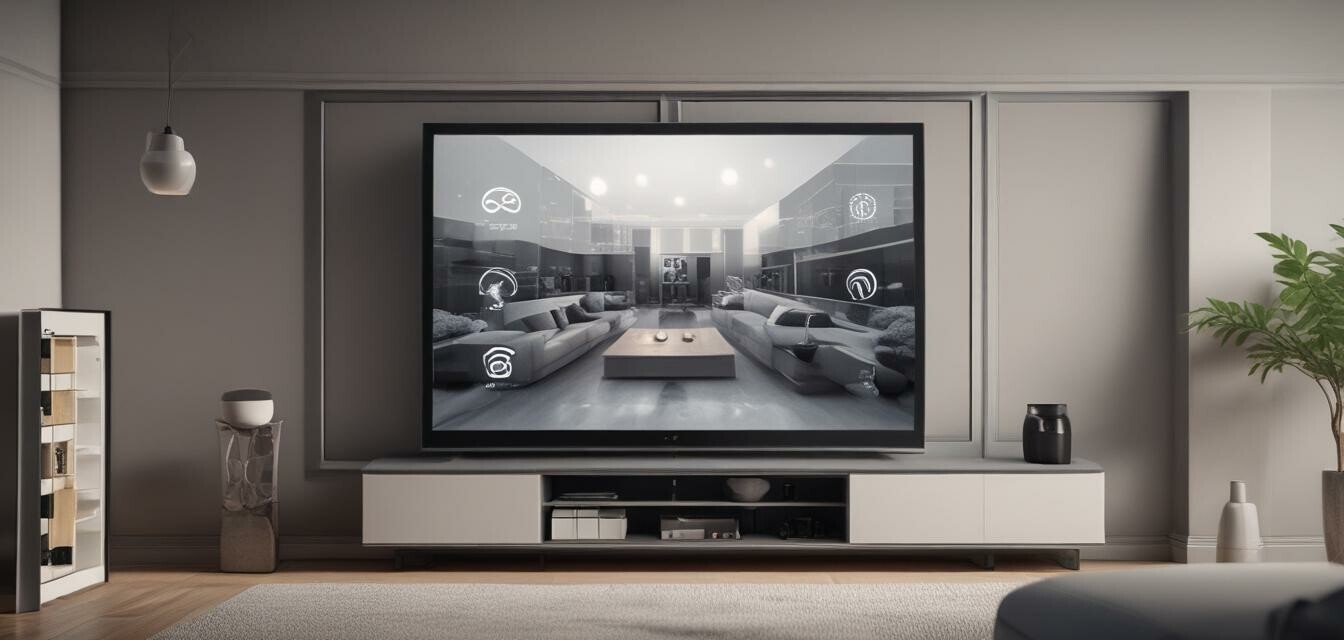
Must-Have Features in Smart Home Security Systems
Key Takeaways
- Prioritize high-resolution cameras for clear footage.
- Look for systems with night vision capabilities.
- Ensure smart connectivity for remote access via mobile apps.
- Choose a system that includes motion detection technology.
- Consider options for storage, whether cloud or local.
In today's digital age, smart home security systems have become essential for safeguarding our homes and loved ones. With the rise of property crimes, enhancing home security through technology is vital. This article will explore the must-have features that you should consider when selecting a smart home security system. Understanding these features will help you make an informed choice for your family's safety.
1. High-resolution Cameras
One of the most critical features of any smart home security system is the camera quality. Investing in cameras with at least 1080p resolution ensures that you capture clear and detailed images. This feature is essential for identifying faces and vehicle license plates.
Benefits of high-resolution cameras
- Improved clarity in footage
- Better identification of individuals
- Adequate evidence for security investigations
2. Night Vision Capabilities
For comprehensive surveillance, your security system must include night vision capabilities. Most crimes occur in low-light conditions, so having cameras that can capture images in the dark is invaluable. Look for systems that utilize infrared technology to enhance visibility at night.
Types of night vision technology
- Infrared LEDs: Emit infrared light that's invisible to human eyes, allowing for nighttime recording.
- Color night vision: Advanced cameras can provide color images in low light.
3. Smart Connectivity
Another key feature is the system's ability to connect to your smartphone or tablet. Smart connectivity allows you to access your security cameras and receive alerts in real-time. Look for systems compatible with popular smart home platforms for seamless integration.
Advantages of smart connectivity
- Remote monitoring from anywhere
- Instant notifications for motion detection
- Ability to control devices through a mobile app
4. Motion Detection Technology
Motion detection is crucial for alerting you of any suspicious activity around your home. Advanced systems can differentiate between people and pets, reducing false alarms that can disrupt your peace. Ensure the system has adjustable sensitivity settings to tailor alerts to your preferences.
Features of motion detection technology
- Customizable motion zones
- Smart alerts and notifications
- Integration with other smart devices
5. Storage Options
When choosing a security system, consider your storage preferences. Some systems offer cloud storage, while others allow local storage via SD cards or a network video recorder (NVR). Both options have their own advantages.
Cloud storage vs. local storage
| Feature | Cloud Storage | Local Storage |
|---|---|---|
| Access Speed | Generally faster with internet access | Dependent on local network and device |
| Security | Vulnerable to hacking | Less vulnerable, but physical theft is possible |
| Cost | May have monthly fees | One-time purchase of storage device |
Conclusion
Choosing the right smart home security system is crucial for protecting your home and family. By prioritizing features such as high-resolution cameras, night vision capabilities, smart connectivity, motion detection technology, and storage options, you can ensure that your security system meets your needs. For further reading on enhancing your home’s security, explore our home safety tips and CCTV systems.
Tips for Beginners
- Assess your home layout to determine where cameras should be placed.
- Set a budget and prioritize essential features.
- Research different brands and read customer reviews.
- Consider additional accessories like alarms and sensors for enhanced defense.
Pros
- Deterrent effect on potential intruders
- Peace of mind for homeowners
- Ability to monitor home in real-time
- Integration with other smart devices enhances security
Cons
- Initial setup costs can be high
- Technical issues can arise with connectivity
- Potential privacy concerns with cloud storage
